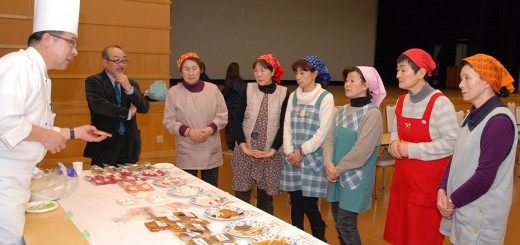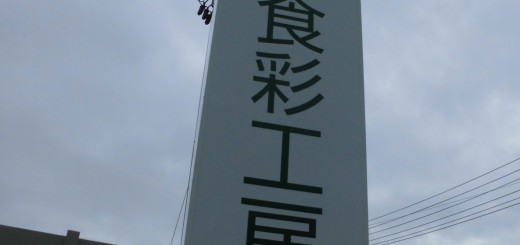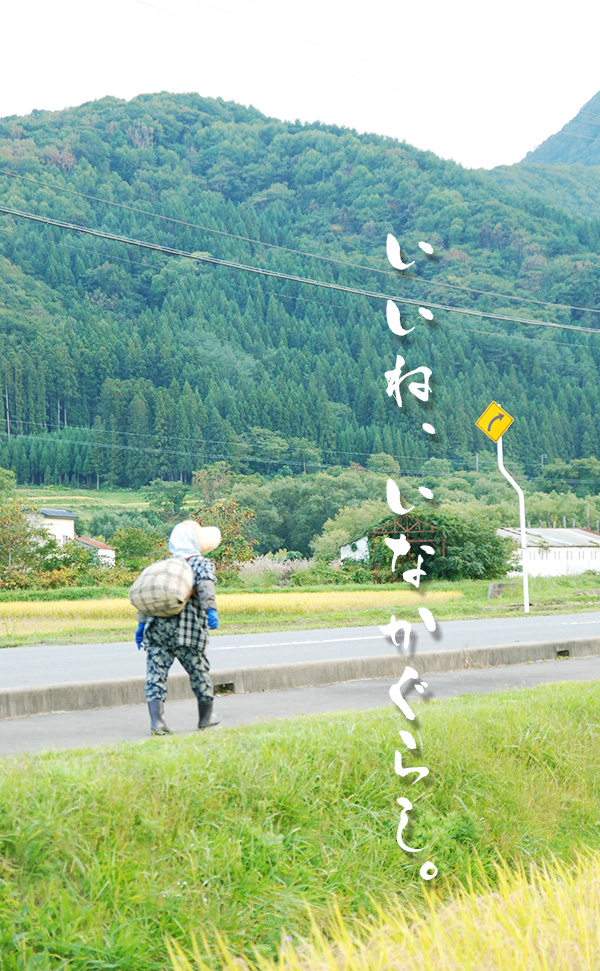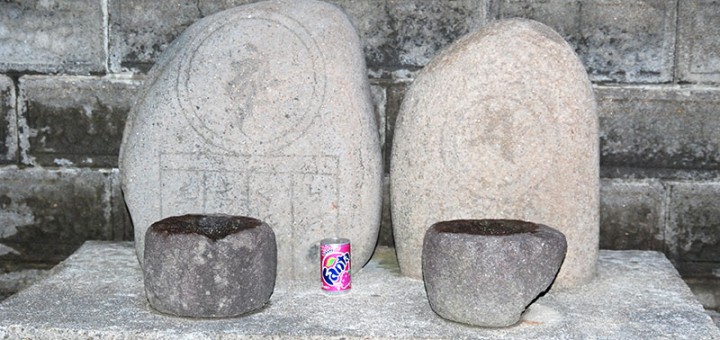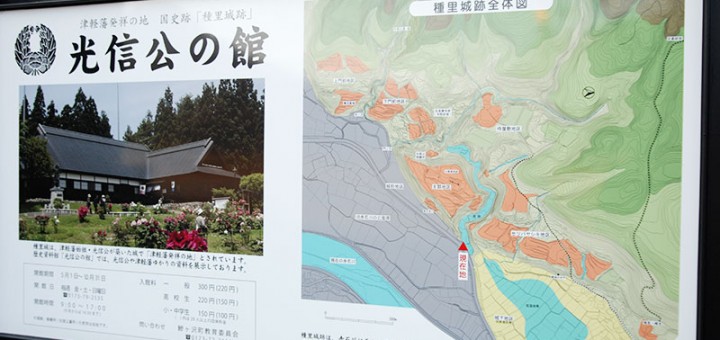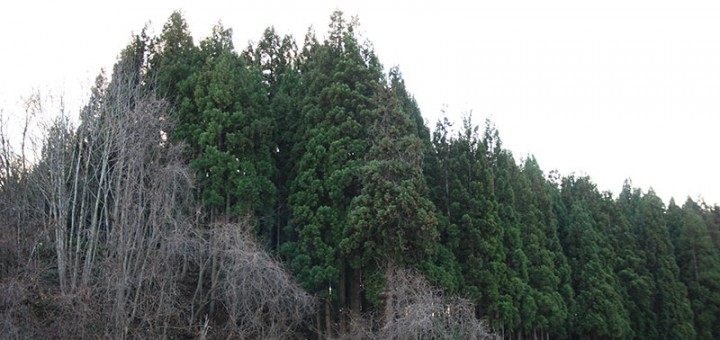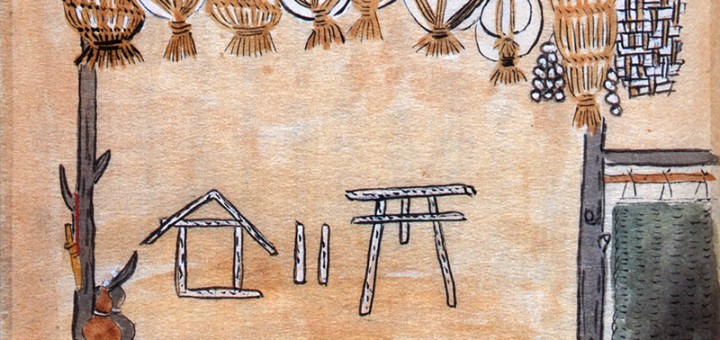今回、イタリア・フランス・台湾・日本の大学生・高校生に鰺ケ沢町の町中と西海岸周辺の観光地、そして白神山地でのアクティブな取り組みとサステナブルなボランテイア活動を体験してもらいました。
参加したインバウンドの方や日本の皆さんは、白神山地並びに鰺ケ沢町が大好きな町となってくれました。
特に、鰺ケ沢町で日本文化に触れられたことはとてもうれしいと話てくれました。
このモニターツアー開催後に京都・奈良にもでかけるという方もいましたが、小さな町だからこそできる、温かい人と人の交流がとても感動だったみたいです。お別れの時は全員ハグしてJR鰺ケ沢駅前でお別れしました。
また、いつか日本にくる機会があったら連絡すると話して別れました。
This time, we invited university and high school students from Italy, France, Taiwan, and Japan to experience active engagement and sustainable volunteer activities in the town of Ajigasawa, tourist attractions around the west coast, and Shirakami Sanchi (Mountains).
The inbound visitors and the Japanese participants loved the Shirakami Mountains and Ajigasawa Town. Especially, they were very happy to be able to experience Japanese culture in Ajigasawa.
Some of the participants said that they will visit Kyoto and Nara after the tour, and they were very impressed by the welcoming atmosphere in this small town. When it was time to say goodbye, they all hugged each other and said goodbye in front of JR Ajikazawa station.
They said goodbye and promised that they would keep in touch when they come back to Japan again.

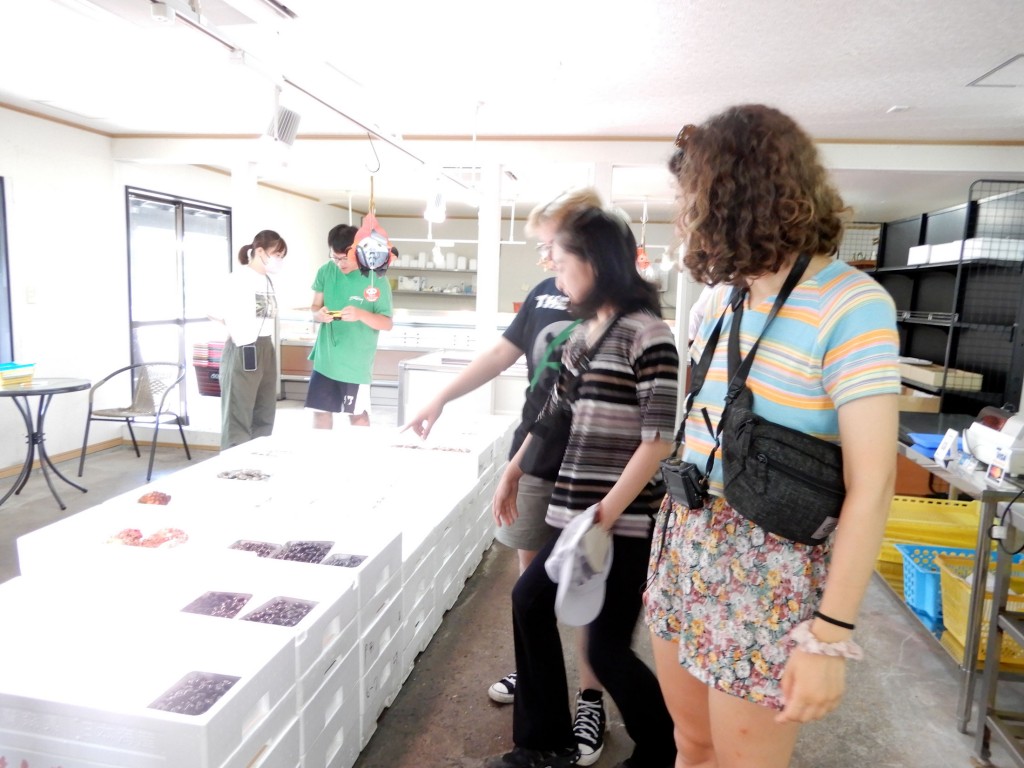
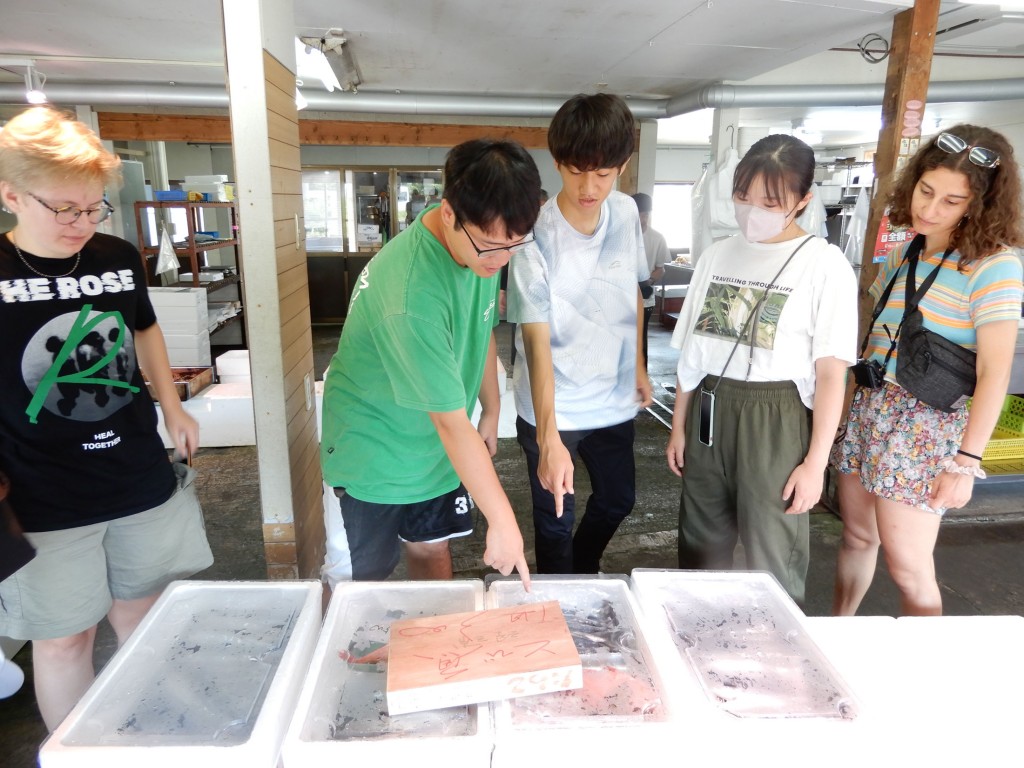
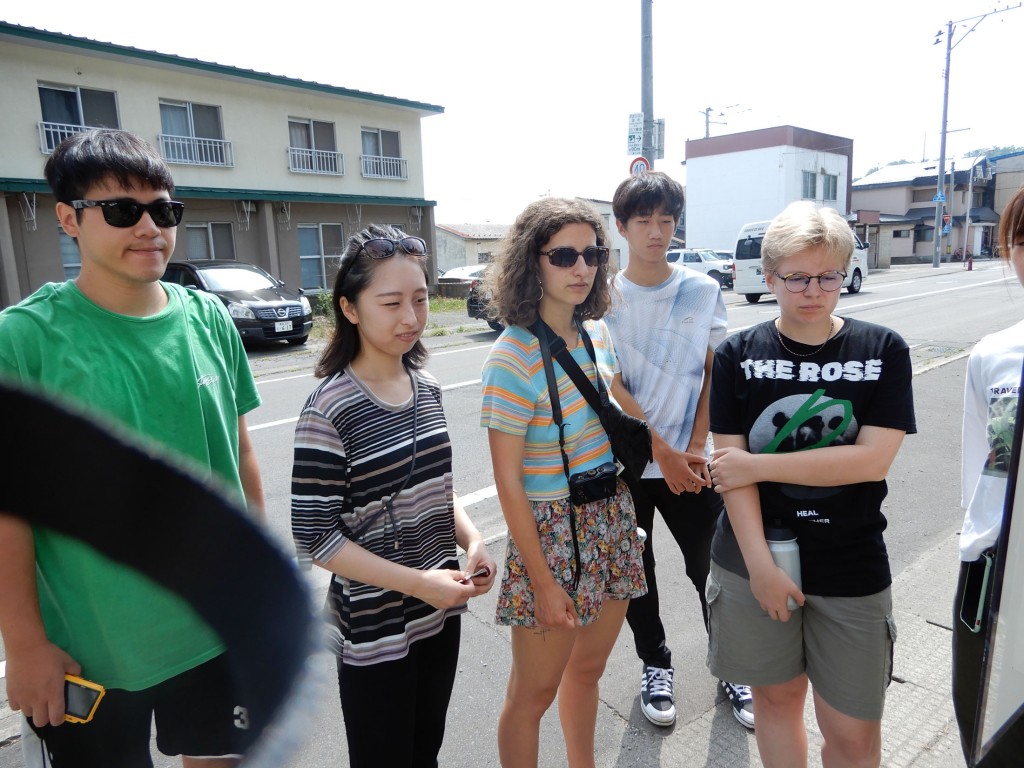
最初に鰺ケ沢町を代表する魚屋「加藤鮮魚店」で日本海の魚を見学し、大きな魚や初めて見る魚に驚いて、魚の名前や十三湖のシジミ貝について聞いていた。
First we went to "Kato Fresh Fish Store", a fish shop representing Ajigasawa town, to see fish from the Sea of Japan. They were surprised to see big fish and fish they saw for the first time, and asked about the names of fish and about the Shijimi clam in Lake Jusan.

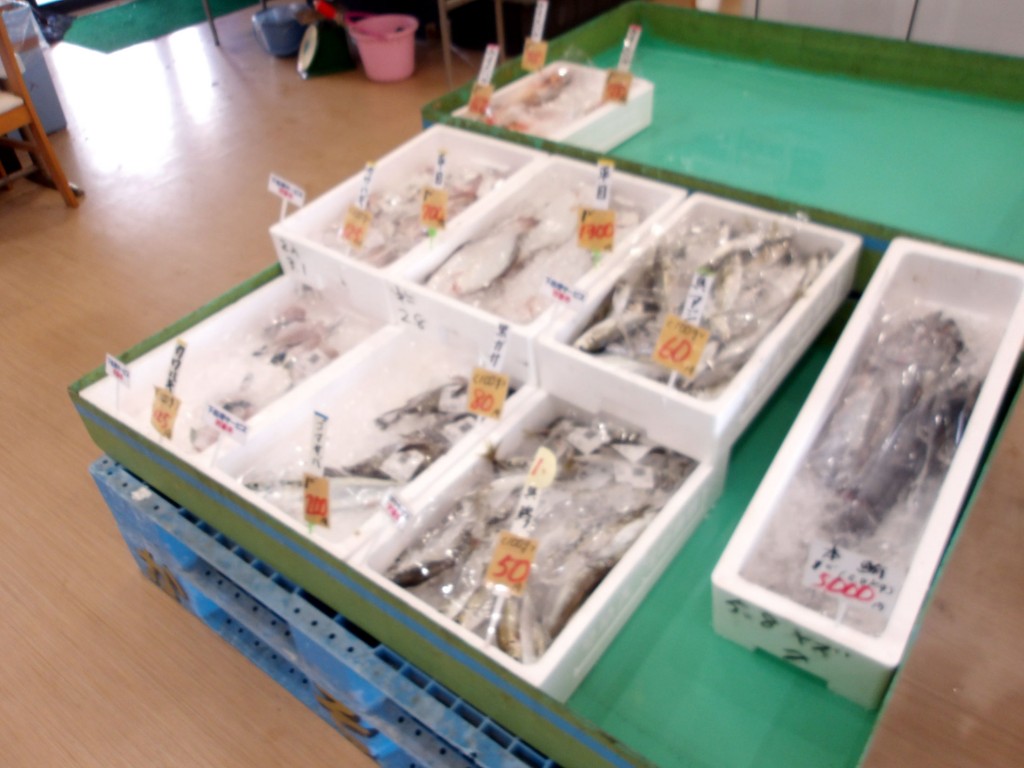
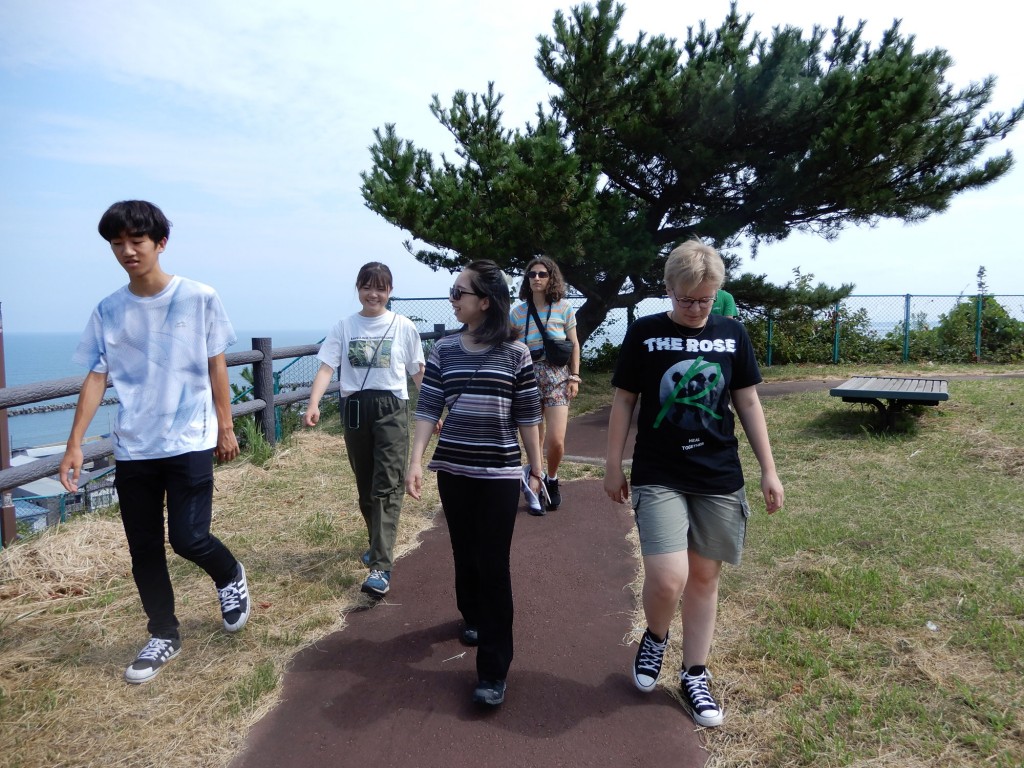
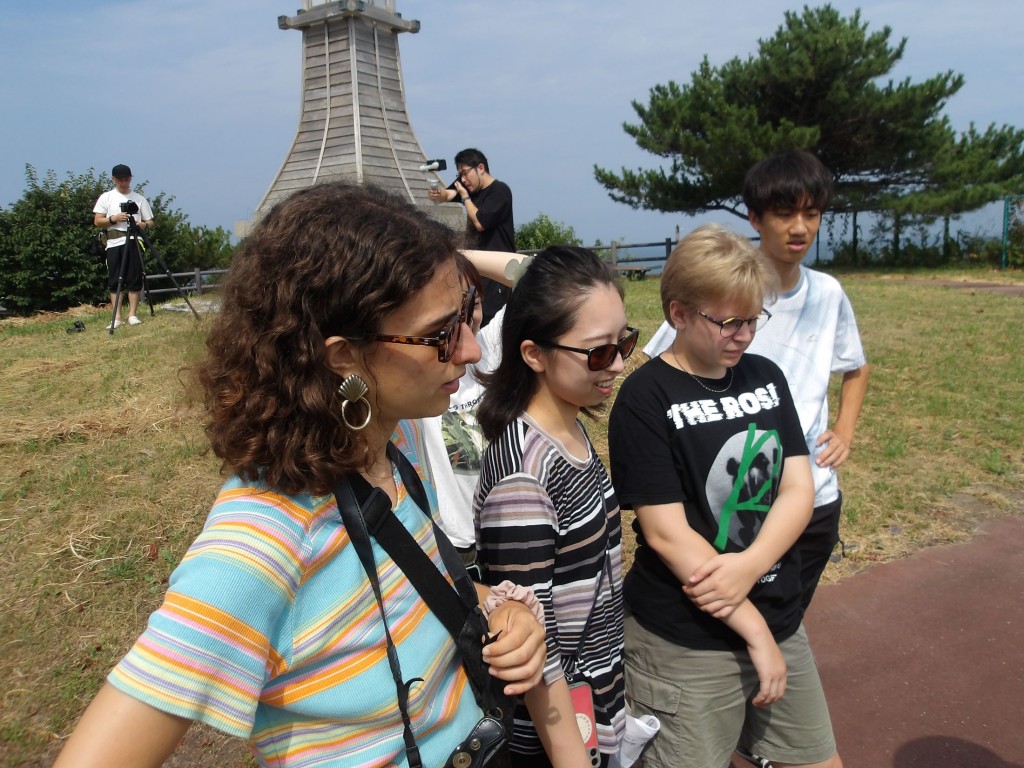
港町の鰺ケ沢町を一望できる天童山に登り、天童山と鰺ケ沢町の歴史を知ると共に、天気の良い日は北海道や秋田県の男鹿半島までも望める天童山の景色に感動していた。また、常夜灯があり、昔の船乗りの位置を確認する現代の灯台の役目を果たしたことにも、日本の海の歴史を知った。
They climbed up Mt. Tendo where they could overlook the port town of Ajigasawa, learned about the history of Mt. Tendo and Ajigasawa, and were impressed by the view of Mt. Tendo where they could even see Hokkaido and Oga Peninsula in Akita Prefecture on a fine day.
They also learned about the history of Japan's oceans, as well as the fact that there was a nightlight that served as a modern-day lighthouse to check the location of sailors in the old days.
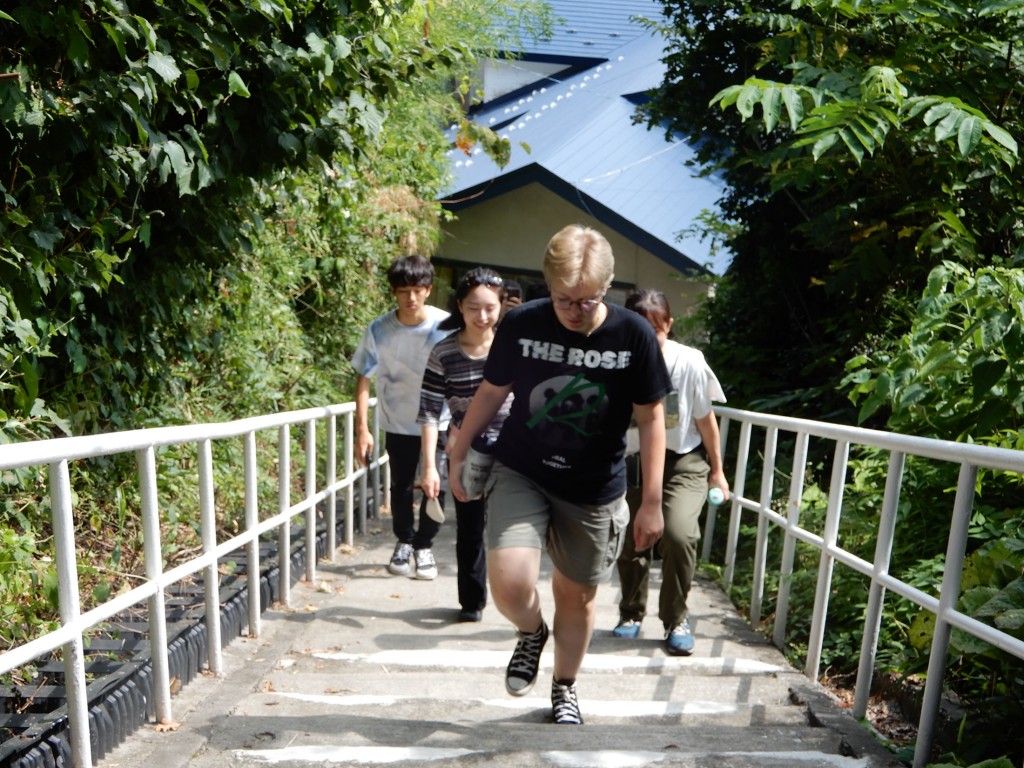
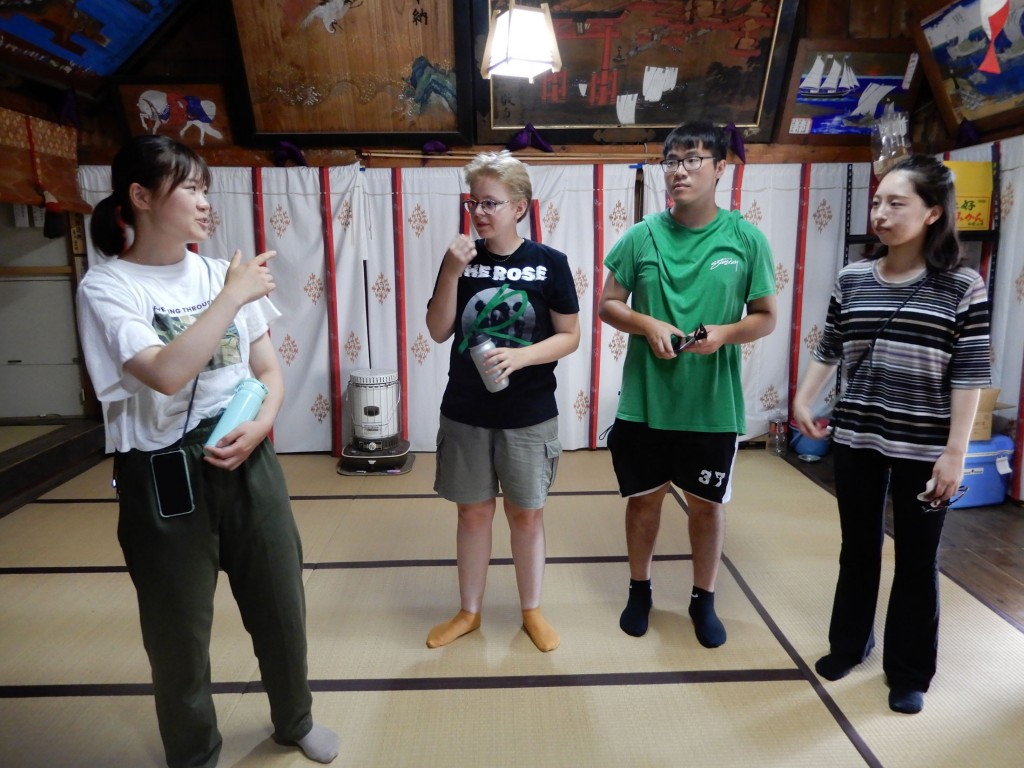
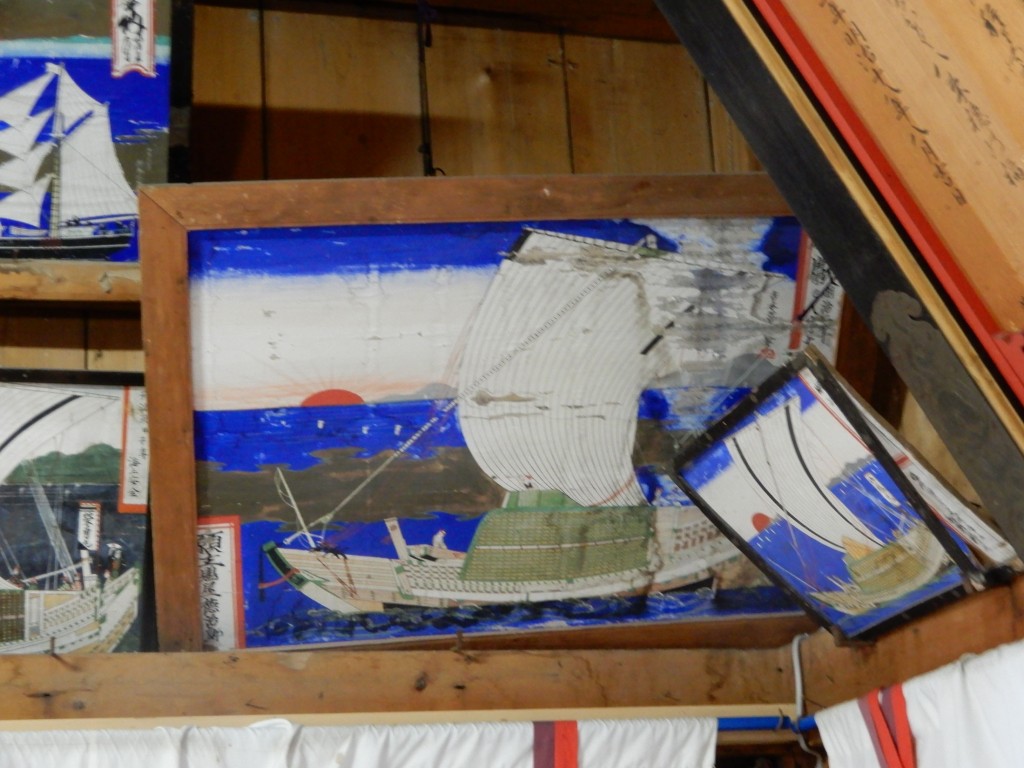
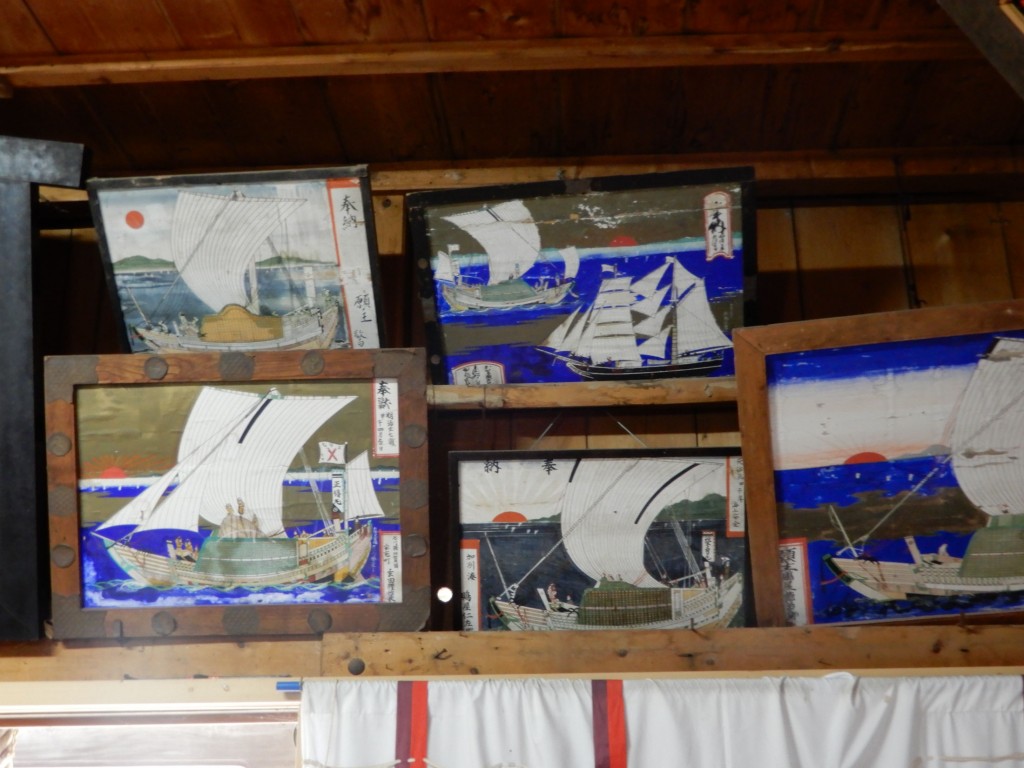
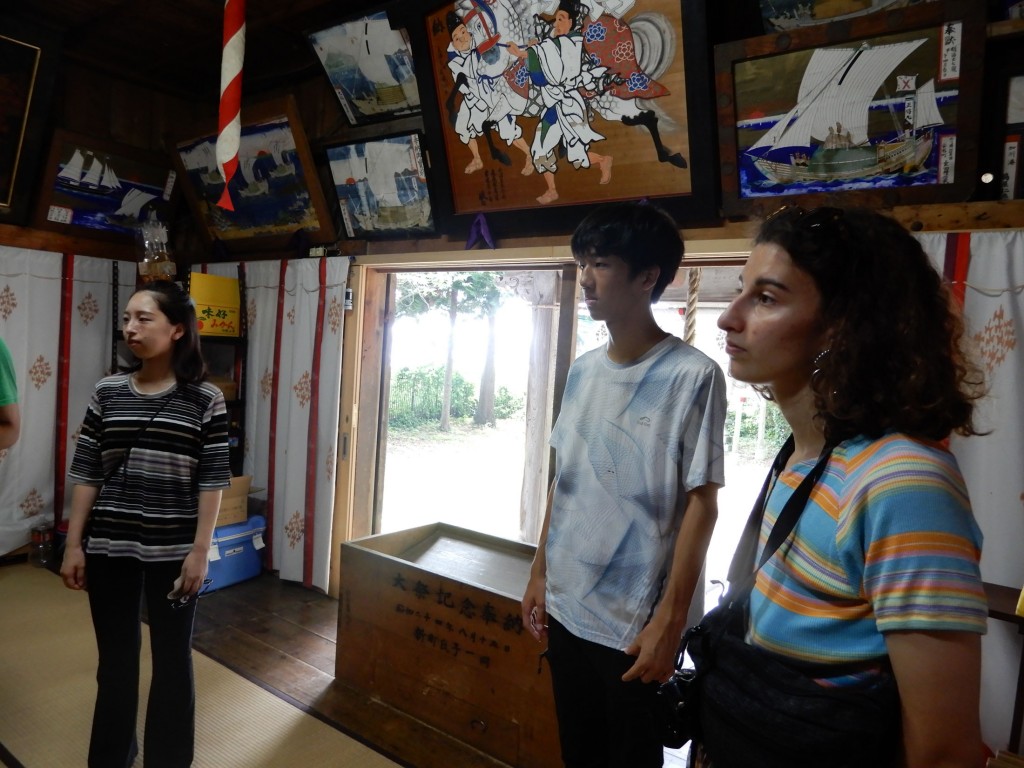
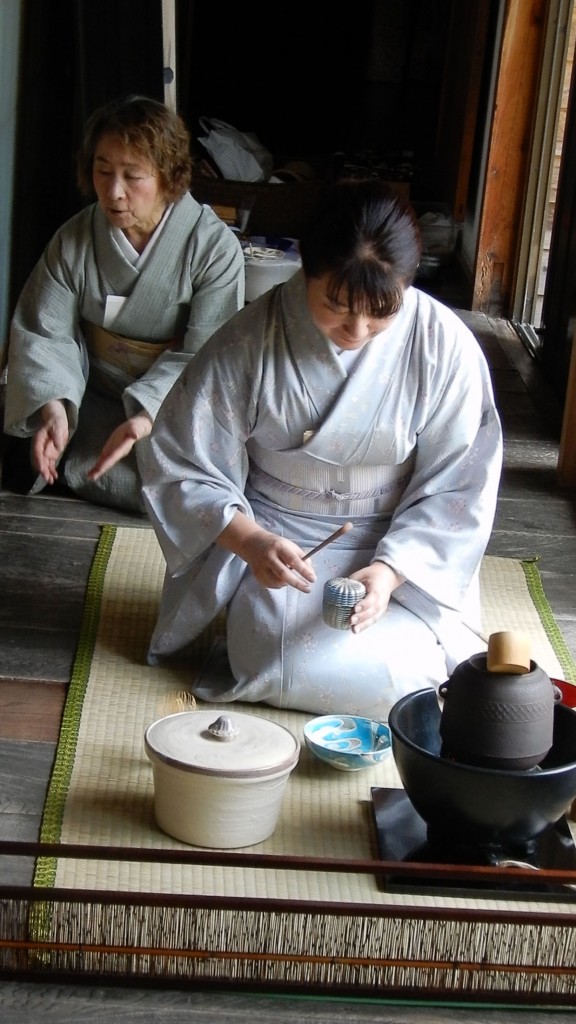
鰺ケ沢町は北前船の寄港地として栄えたという歴史で残っている城八幡宮神社には、当時の船主が残した絵馬がたくさん寄贈されていた。宮司の奈良さんから、その話を聞きながらお宮に寄進されている絵馬を鑑賞させて頂いた。また、鰺ケ沢町は津軽藩の御用達港として、この津軽地域繁栄に貢献した事も商会され、歴史のある町であることを初めて知った。
Many ema (votive picture tablet) left by the shipowners of those days were donated to Jo-Hachimangu Shrine, which remains in the history that Ajigasawa Town flourished as a port of call for Kitamae-bune, or Kitamae-ship. Mr. Nara, the chief priest of the shrine, told us the story of the shrine and allowed us to appreciate the ema donated to the shrine. We also learned for the first time that Ajigasawa town has a long history as a port for the Tsugaru Clan, which contributed to the prosperity of the Tsugaru area.
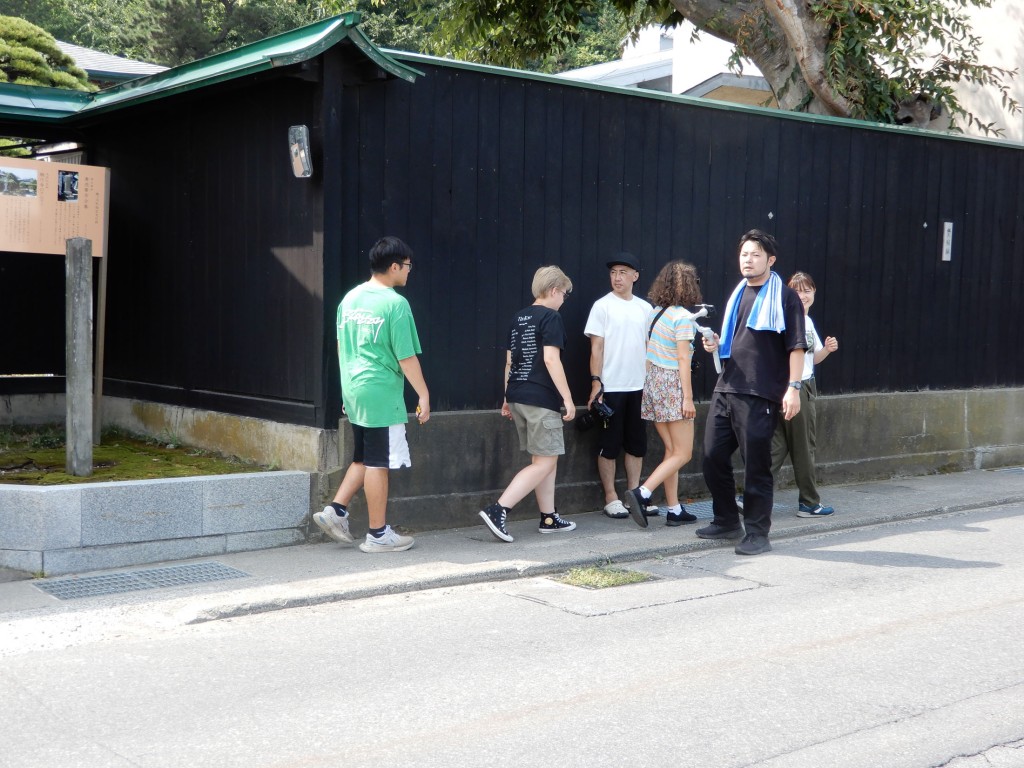

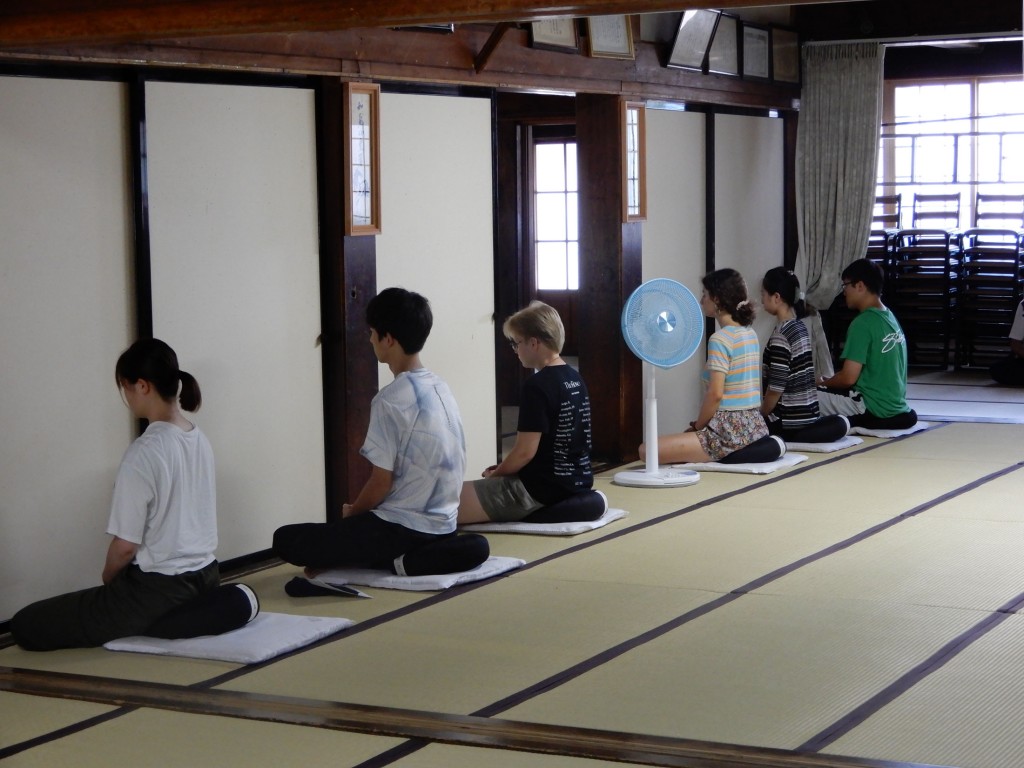


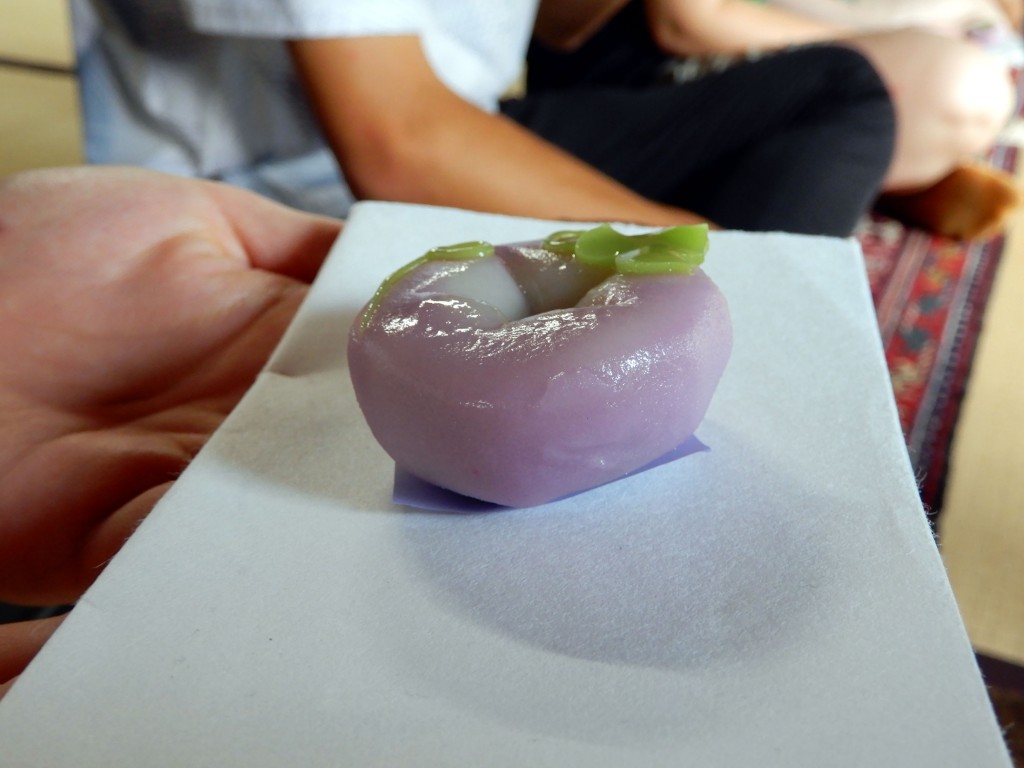
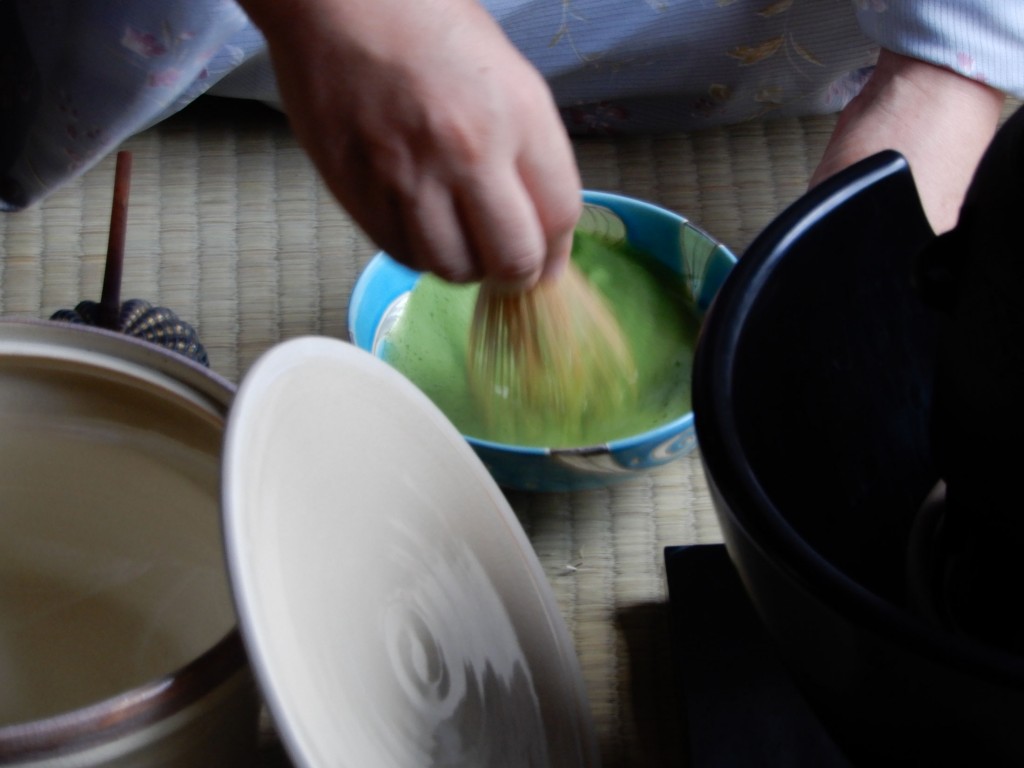
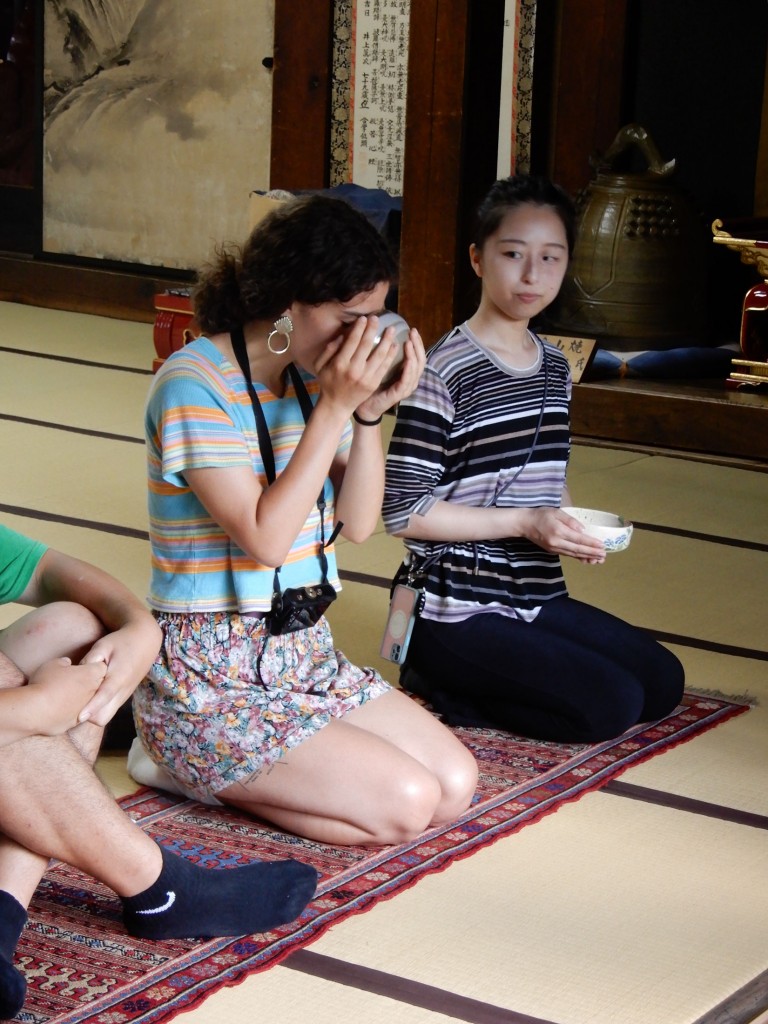

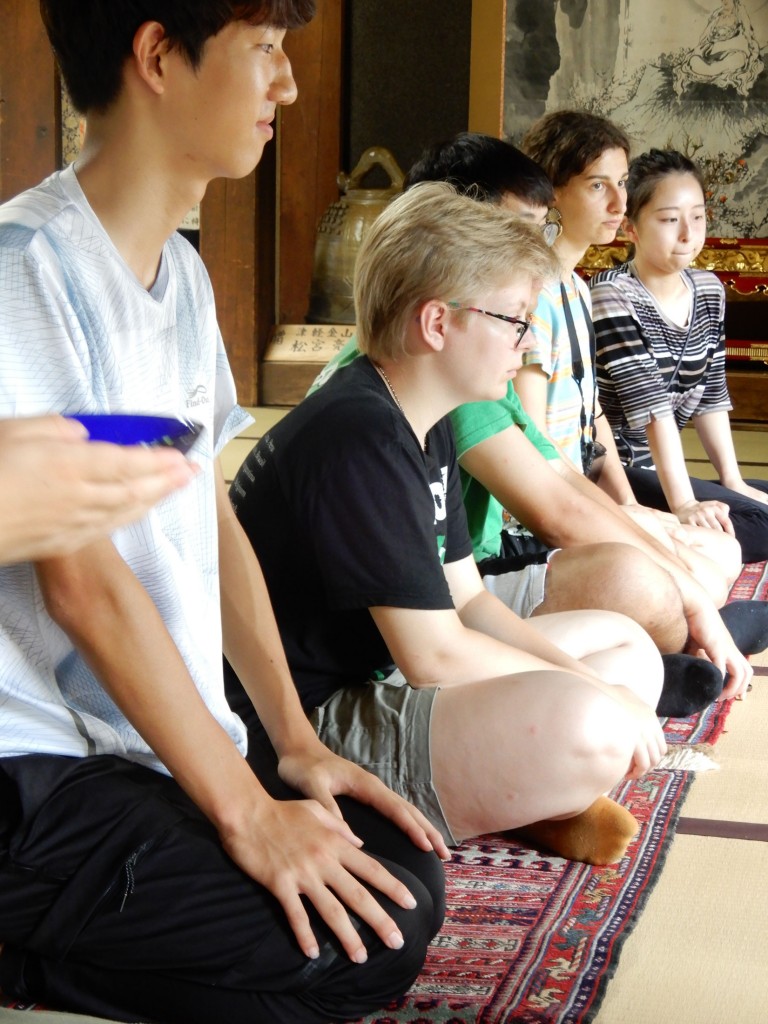

鰺ケ沢町は京都・大阪方面から様々な物資や文化が運ばれてきた。また、北海道からこんぶやわかめ等が運ばれてきたが、京都の各宗派が多くお寺を構えた港町でもあり、そのお寺街が黒塀を残している。そのお寺の一つ、曹洞宗 高澤寺(こうたくじ)において、修行の一つである「禅体験」を体験した。
また、裏千家の日本茶を頂く機会を得た。北国の小さな町での日本を代表する文化に触れる機会を持ち、参加した外国人(イタリア・フランス・台湾、そして日本の大学生達)は、とても神妙に気持ちで日本文化に踏めることができて感動していた。
Ajigasawa town has brought various goods and culture from Kyoto and Osaka area. It was also a port town where many temples of various religious sects in Kyoto were located, and the black walls of the temple town are still there. At one of these temples, Koutakuji Temple of the Soto sect, I experienced Zen, a form of ascetic training. He also had the opportunity to enjoy a Japanese tea ceremony by the Urasenke school. The foreigners (Italian, French, Taiwanese, and Japanese university students) who participated in the tour were moved by the opportunity to experience representative Japanese culture in a small town in the north of Japan.

この日の昼食は、道の液ふかうらのまぐろの漬け定食(日替わり定食)を頂いた。深浦町の本マグロの漁獲量は日本一という話しを聞きながら試食した。 イタリア人の小学校の教師のアニータさんは、マグロは、大間のマグロが有名だが、深浦マグロとの違いは?と質問があり、深浦町の小さなマグロが津軽海峡に移動して、津軽海峡の流れの中でもまれたマグロが、大間マグロだと話を聞き、驚いていた。
For lunch that day, we had a set meal of pickled tuna (daily set meal) at Michi no Ryokubu Fukaura. We tasted it while listening to a story about Fukaura Town having the largest catch of tuna in Japan. Anita, an Italian elementary school teacher, asked what the difference was between the tuna from Oma, which is famous, and the tuna from Fukaura. She was surprised to hear that the small tuna from Fukaura town moved to the Tsugaru Straits and the tuna that was caught in the currents of the Tsugaru Straits is the Oma tuna.
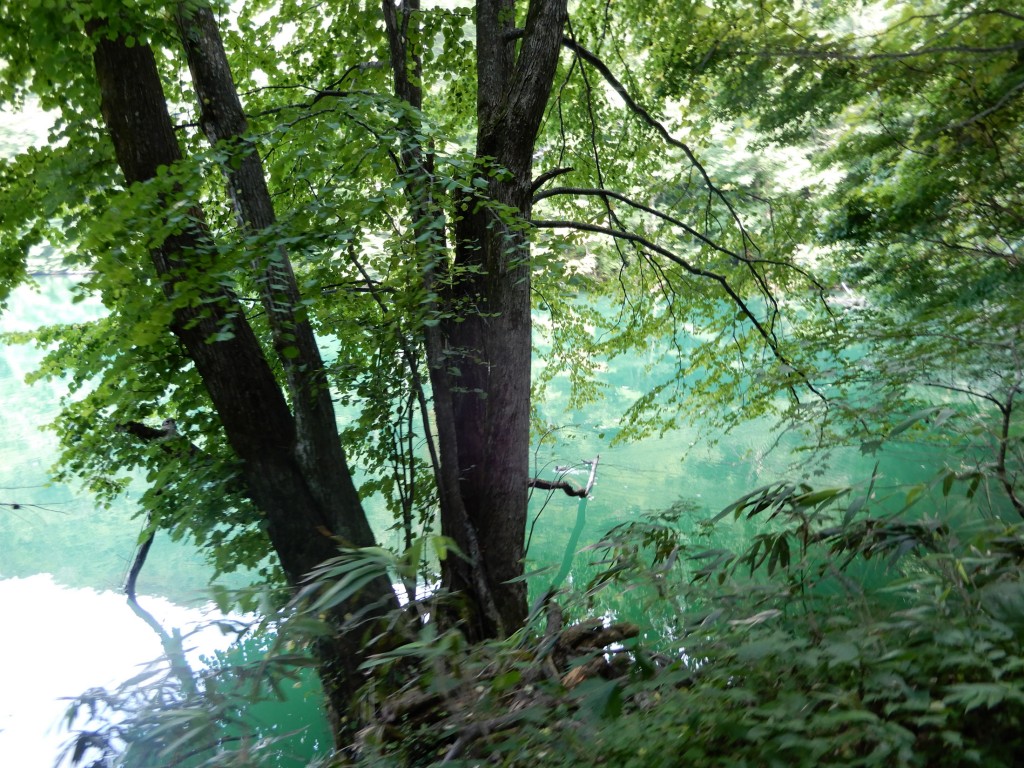
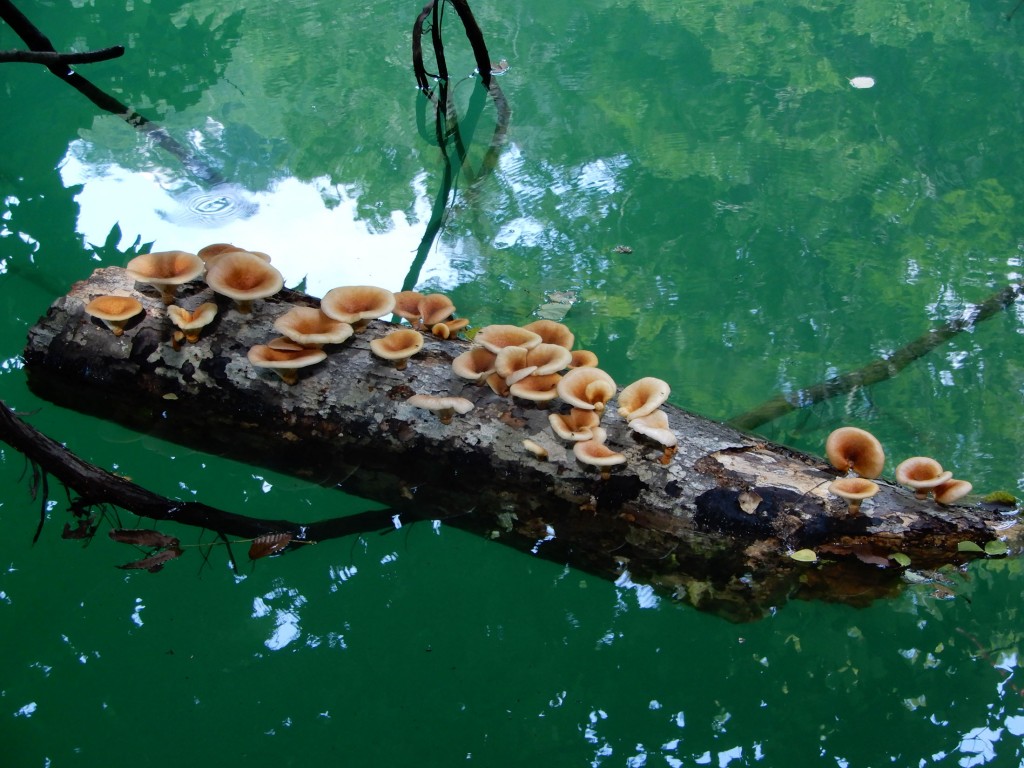

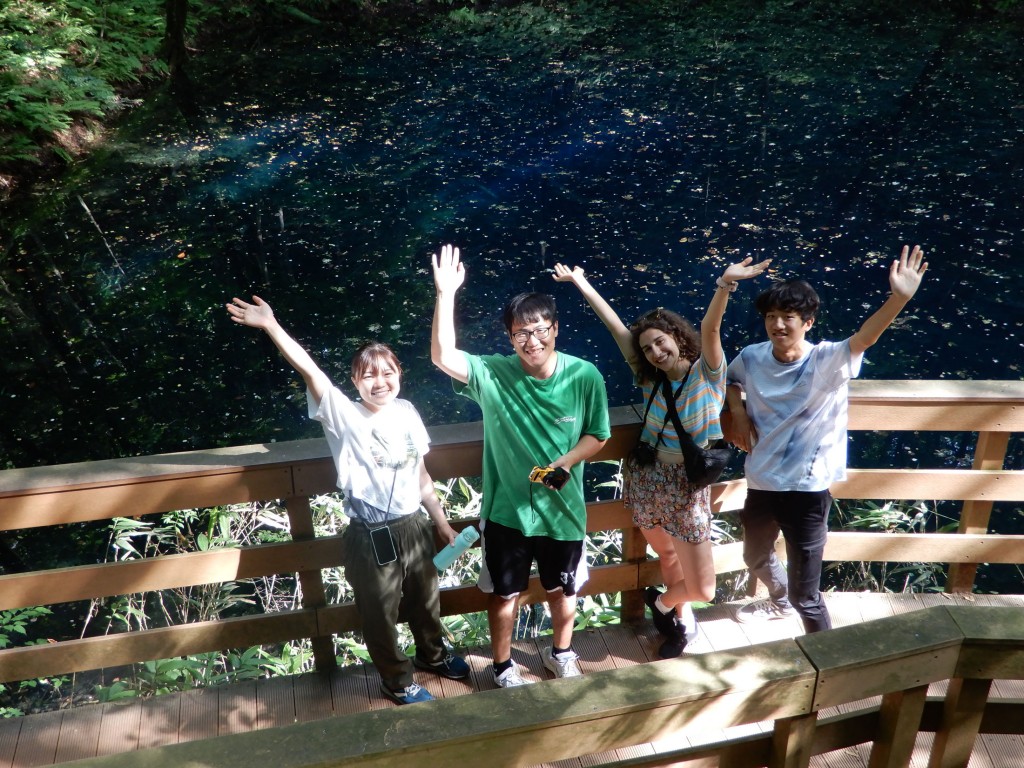
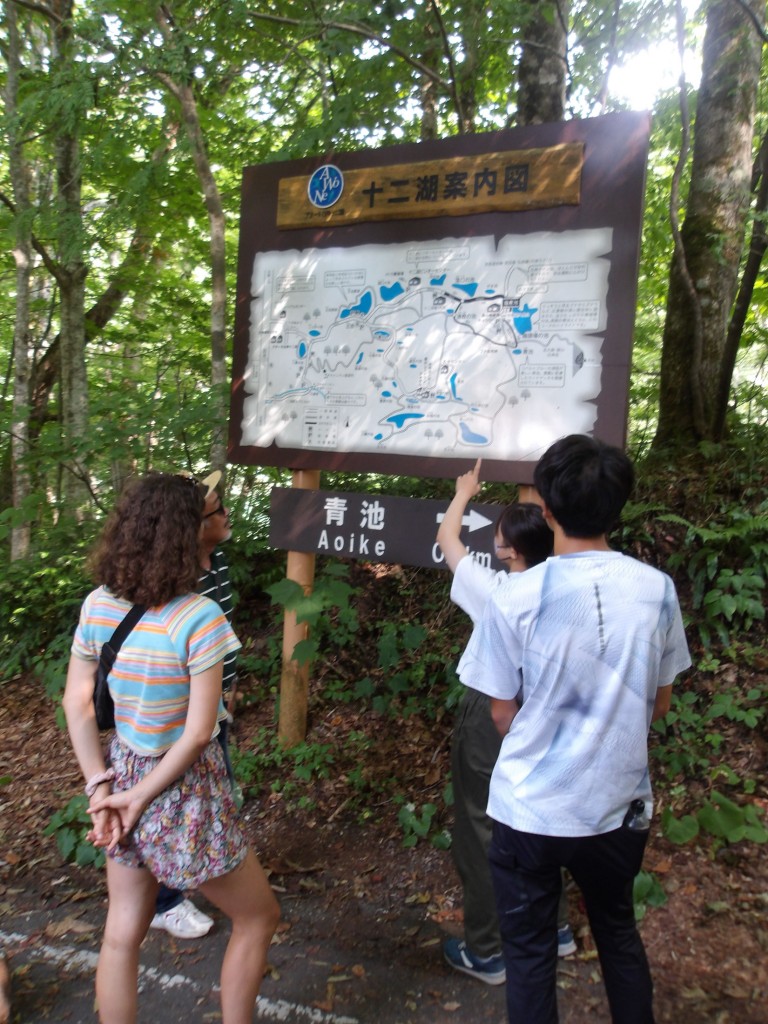

この日のモニターツアーの最後は深浦町の十二湖でした。十二湖が江戸時代の地震と土砂崩れでできたカルデラ湖である事や十二湖の名前の由来の説明をうけた。その後、青池を目指して歩いていく途中の湖の色がグリーン色なのがとても気になったみたいで、何でグリーンなのかとガイドに聞いてきた。それは、青池を見たら質問してねと言われ、青池を見て、二度びっくりで、何でここだけ青いのと聞いてきて、伏流水といって地下水より深い場所からの成分の水と太陽の光の屈折によっておこる変化によってこの色がでると説明したらダイヤモンドみたいだと感激していた。
The last stop of the day's monitoring tour was at Lake Juniko in Fukaura Town. The tour guide explained that the Twelve Lakes are caldera lakes created by an earthquake and landslide during the Edo period (1603-1868) and the origin of the name "Twelve Lakes. After that, he was very curious about the green color of the lake on the way to Aoike, and asked the guide why it was green. When I explained to him that this color was caused by the refraction of the sun's rays and the water from deeper than groundwater, which is called subterranean water, he was impressed that it looked like a diamond.
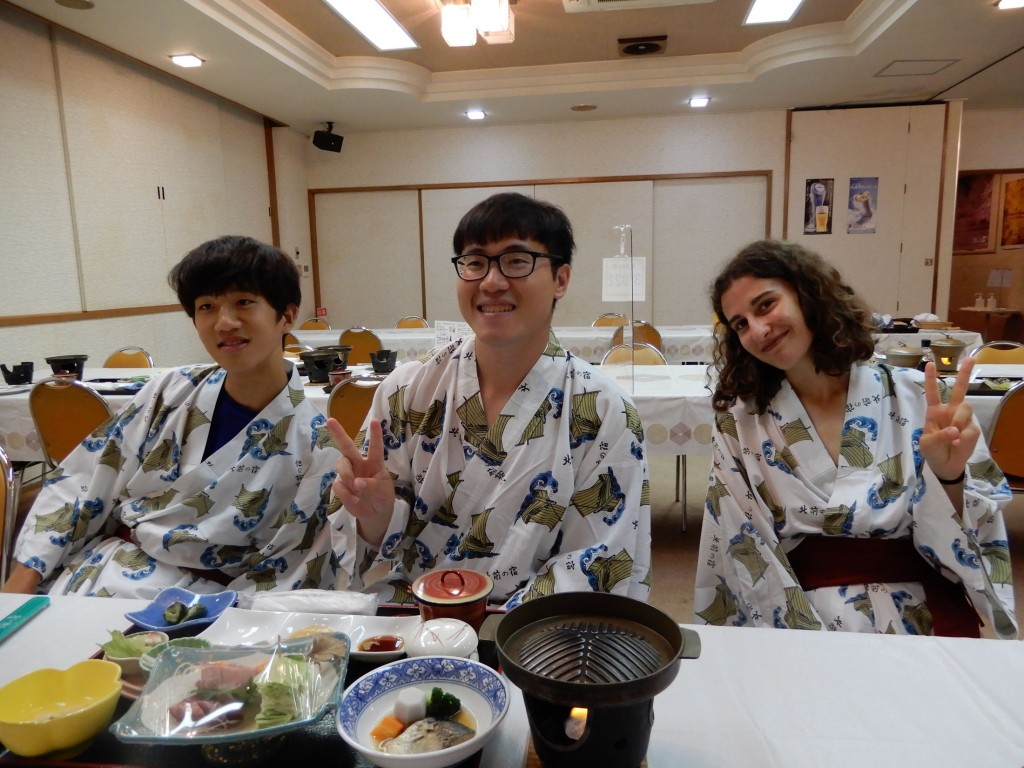

この日の宿は、深浦観光ホテルでした。日本海の夕日をみながら露店風呂に入ろうと、お薦めしていたのですが、あぶが多く入れませんでした。でも日本の温泉はとても気持ちがいいと台湾のシュンさんが言っていました。
イタリア人のAnita ARIOLAさんやフランス人のMargot LITZLERさんも、温泉は大丈夫といい入っていました。
一日目は、ここで終了し就寝しました。
The hotel for the day was the Fukaura Kanko Hotel. I had recommended taking an open-air bath while watching the sunset over the Sea of Japan, but there were too many flies in the water, so I could not enter. However, Mr. Shun from Taiwan said that Japanese hot springs are very pleasant. Anita Ariola from Italy and Margot Litzler from France also enjoyed the hot spring. The first day ended here and we went to bed.

